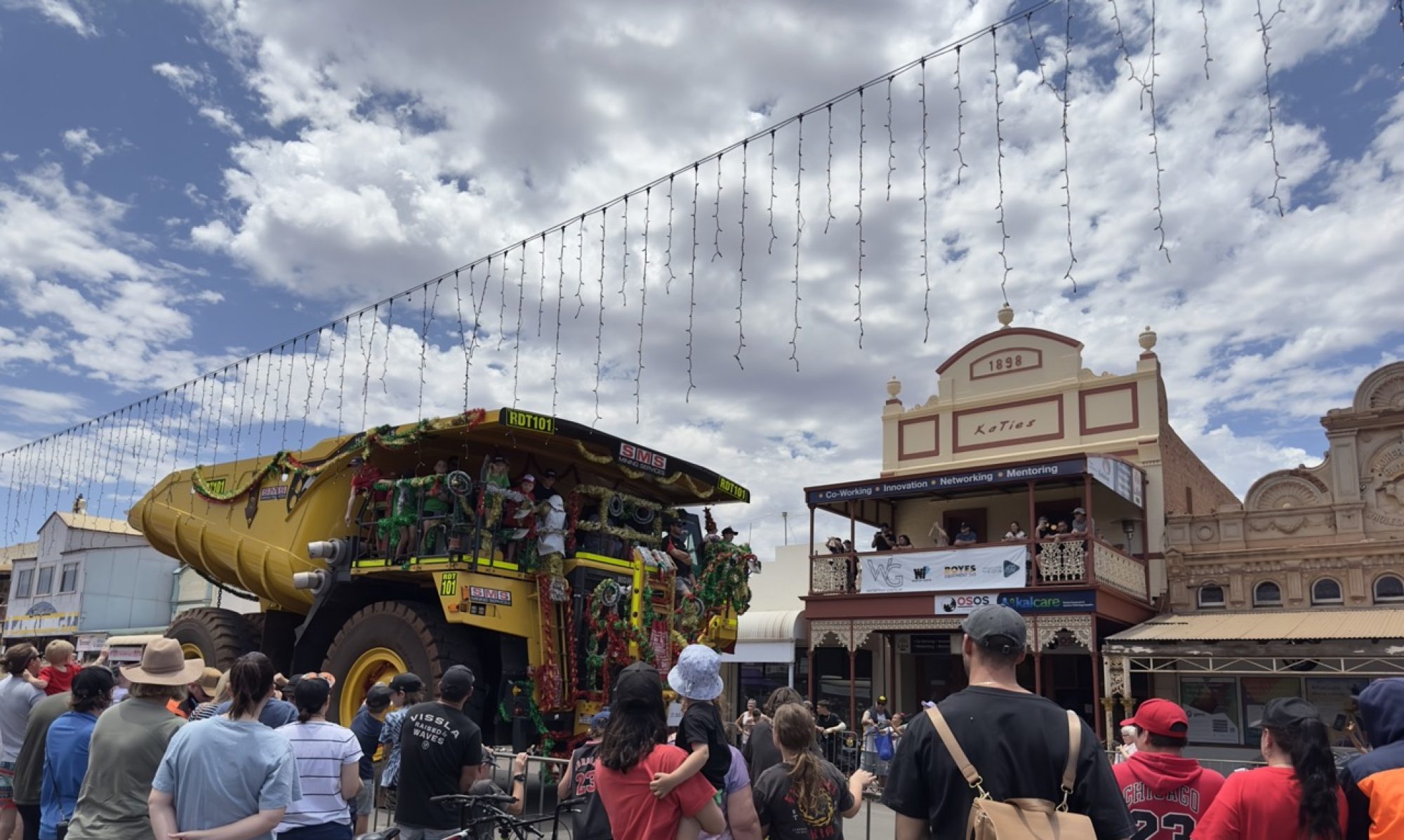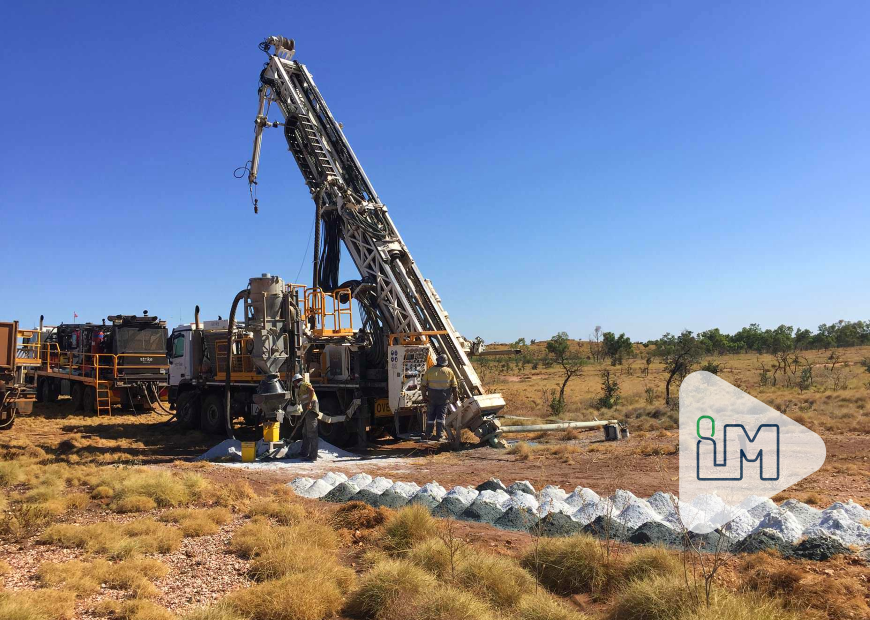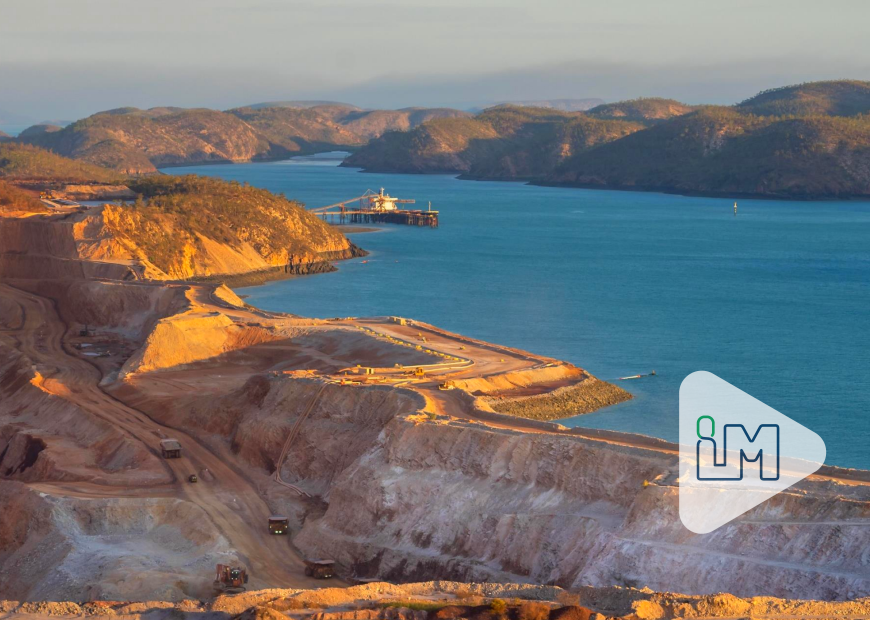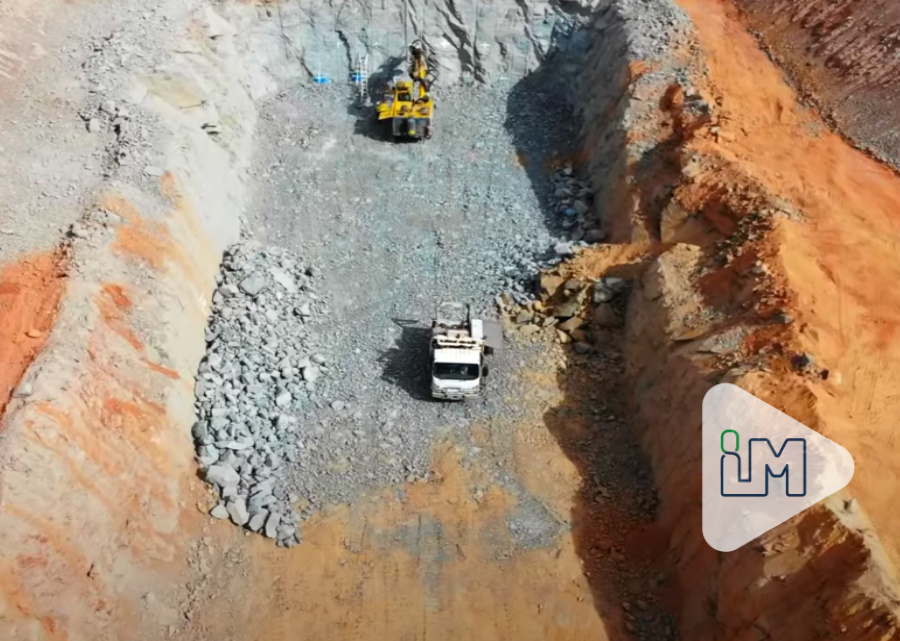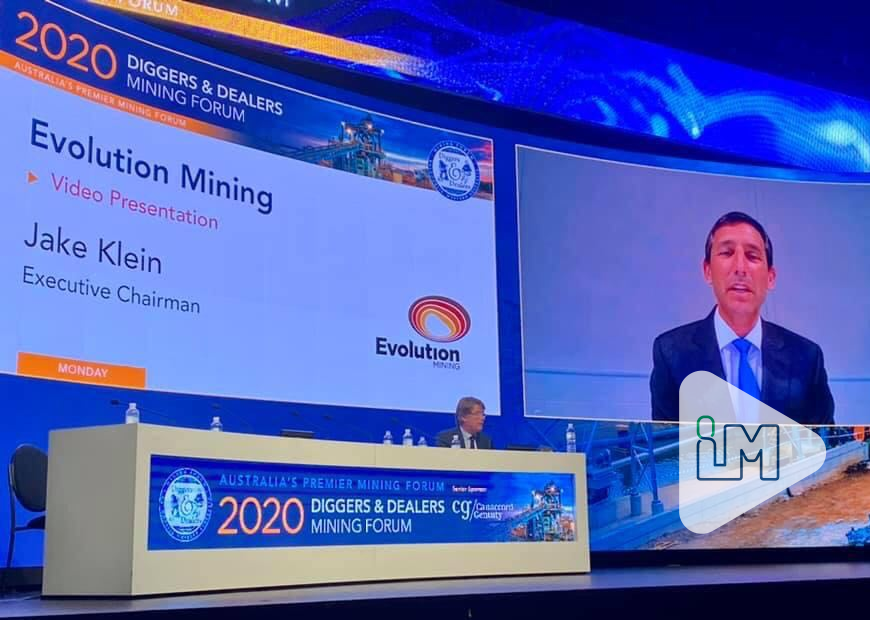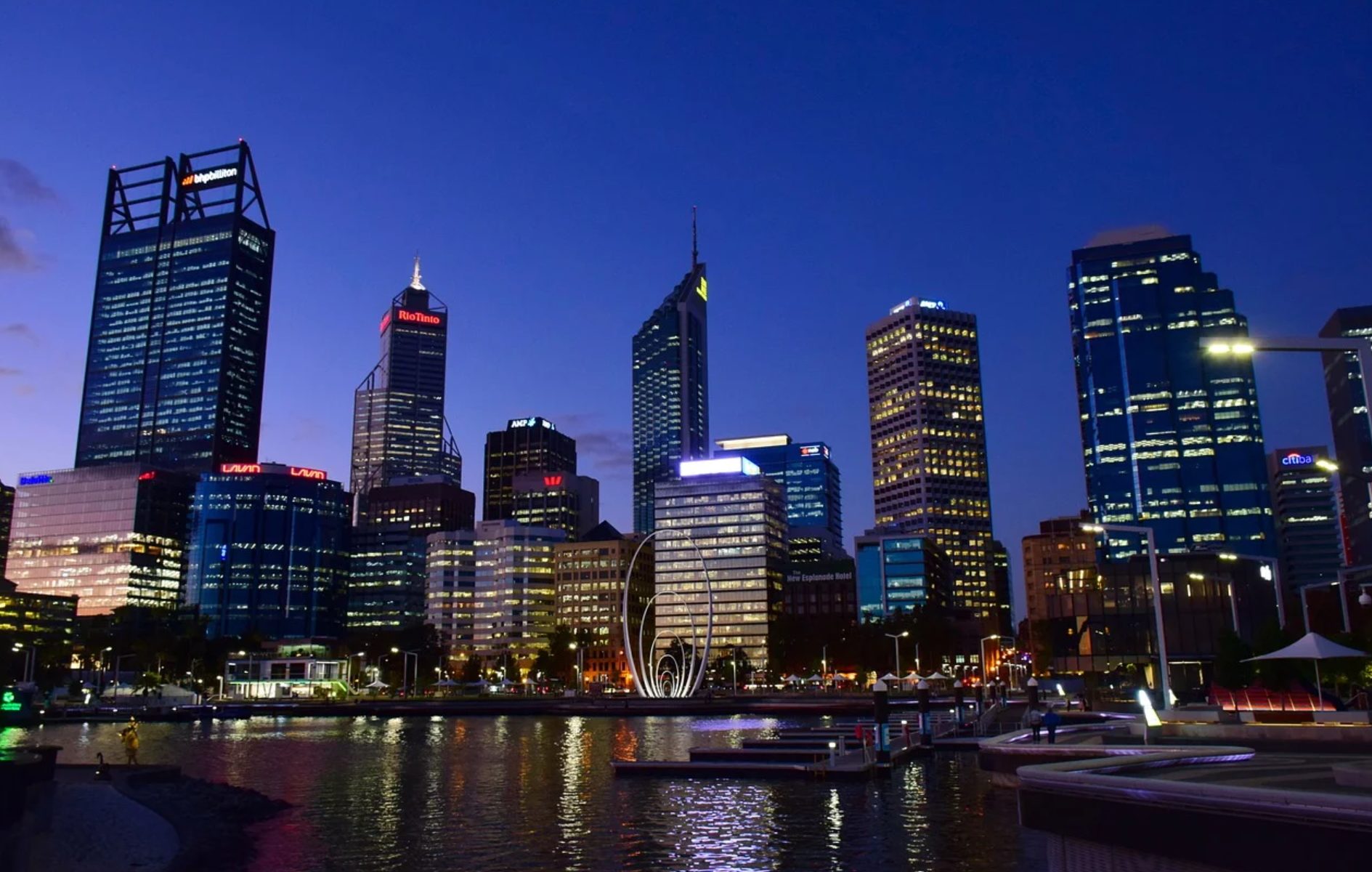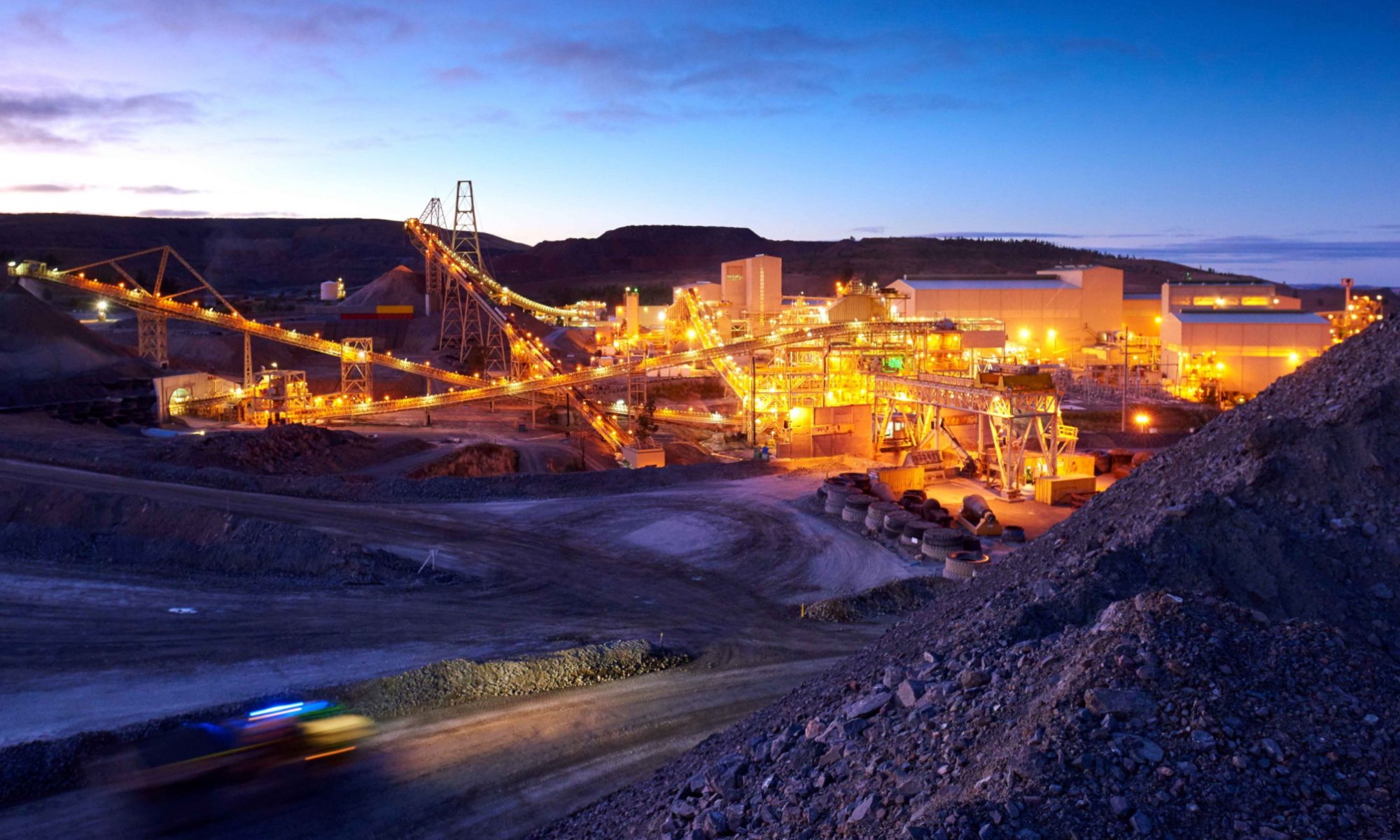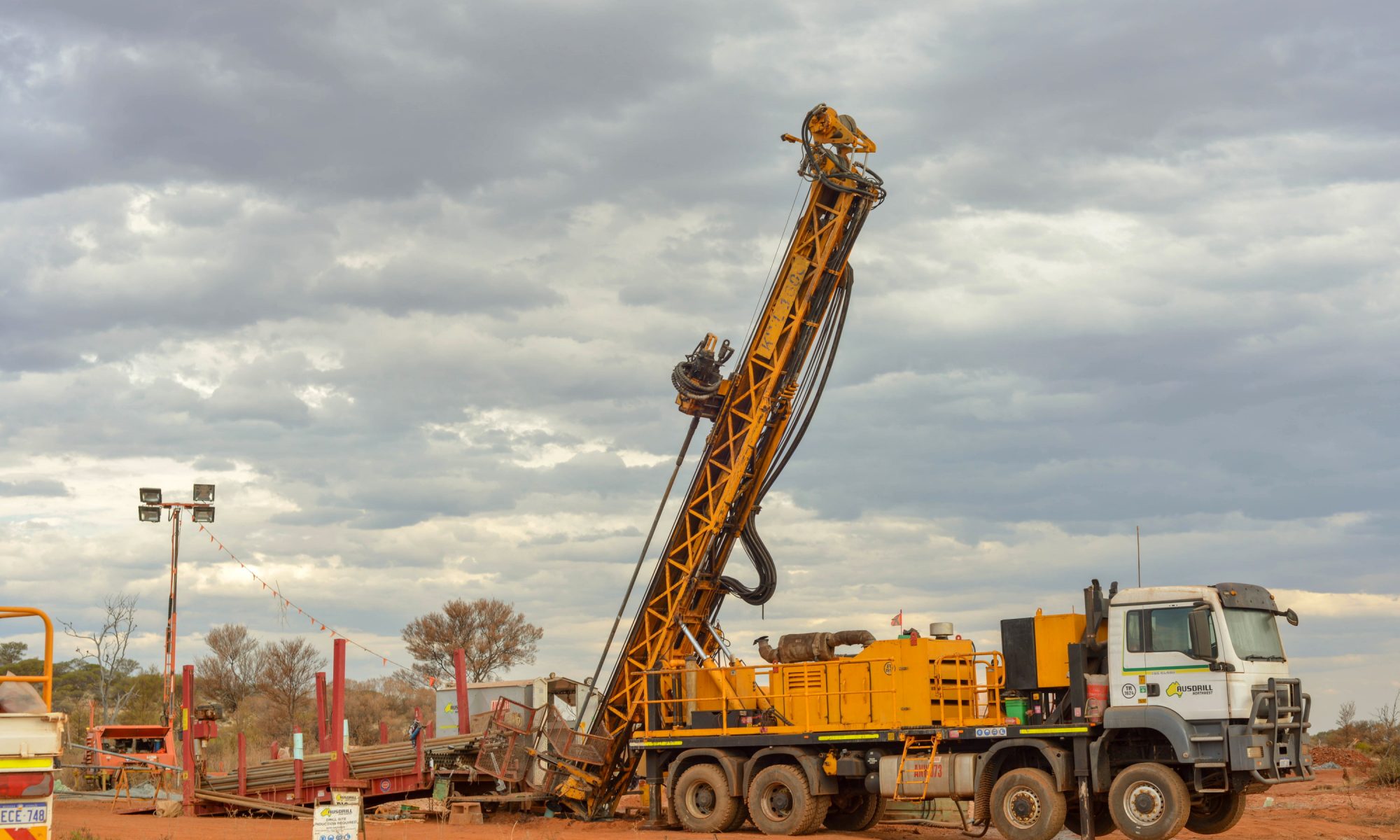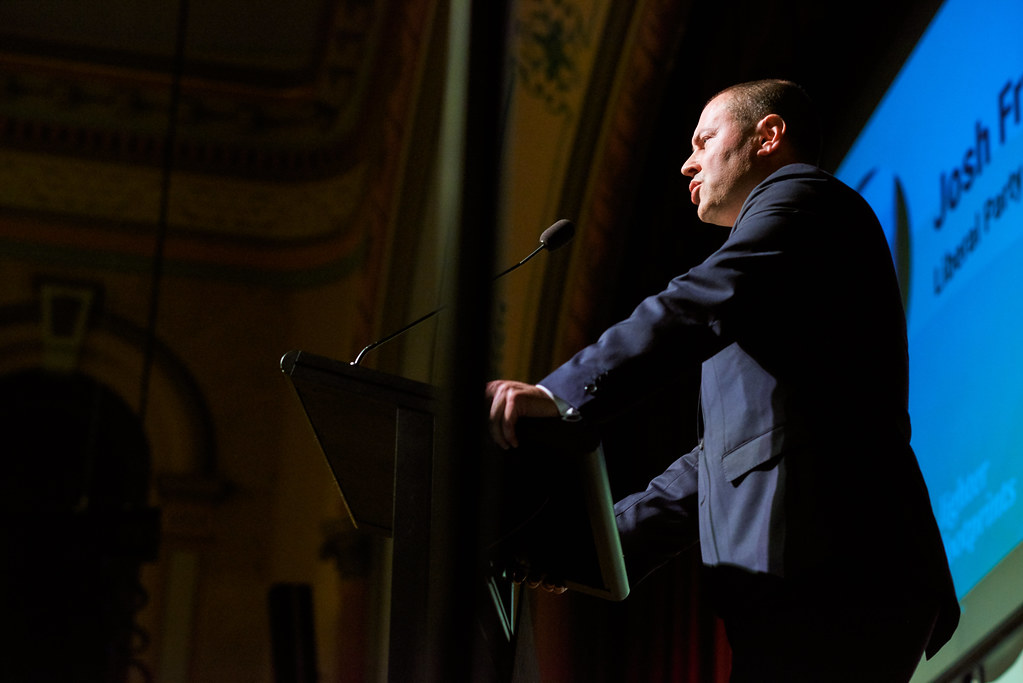De Grey Mining Presents Hemi Discovery at Diggers.
Glenn Jardine, the Managing Director of De Grey Mining, presented to the Diggers and Dealers forum on Wednesday and gave an update on the Hemi project in the Malina Gold Province situated in the Pilbara.
The first thing Glenn mentioned was the similarity of the geological settings between the Yilgarn in the south of the state to the Malina Province in the Pilbara where the Hemi discovery has been made. He noted that the discovery is not only transformational to the Pilbara but its importance to the company in the future.
The Hemi system spans ~3,000 metres North–South and ~2,000 metres East–West consisting of four main deposits being the Aquila, Brolga, Crow and Falcon. Currently there are six drill rigs on site to hopefully prove up more resources. Glenn showed a video set to the soundtrack “You have to have Faith” by George Michael, which gave a time-lapse of the drilling program with the drillholes being depicted in colour code to represent mineralisation grades. It was an impressive way to show how the progress to date has occurred.
Other targets have been identified that De Grey believe could reveal an extension of the Hemi prospect. With major infrastructure of gas and electricity within 20 kilometres of Hemi and Port Hedland, a major service centre just up the road, De Grey are in an ideal position to have low mining costs when the time comes.
For a long time, the share price of De Grey bumped along around the 5c range then rose to ~40c before drifting back to 5c and then making a stellar rise this year to sit now at about $1.30. De Grey is determined to continue the value to their shareholders as they explore for more gold in this new Tier1 project.
Already sitting on 2.2Moz resource without the Hemi findings, the shareholders are sure to be rewarded in the future. (This is not to be taken as financial advice, it is only the opinion of the writer)
Red5 Limited Updated JORC for Great Western Deposit
Red5 (RED) has released an updated JORC for their Great Eastern gold deposit located just 55 kilometres south from the Darlot processing plant. 870,000t has been identified as containing 70,300oz total resource at about 2.5g/t. One assay came back at 11.18g/t over three metres.
The first part of the mine will be an open pit that is expected to yield, over 13 months, about 35,500ozs before an underground operation commences to mine the rest of the ore body.
Red 5’s Managing Director, Mark Williams, said: “The Great Western deposit has emerged as a strong source of satellite ore feed for the Darlot processing plant, with the completion of an initial Open Pit Ore Reserve of 35,424 ounces of contained gold paving the way for the start of open pit mining planned for January 2021. Importantly, this will also provide a platform from which to pursue a potential longer-term underground mining operation.
“Our recent drilling programs have reinforced the quality of the deposit, with in-fill drilling increasing the higher confidence Measured and Indicated categories within the Mineral Resource to over 80 per cent. In addition, we are looking forward to seeing results from deeper RC drilling designed to test high-grade gold mineralisation in deeper parts of the Great Western deposit, which currently remains open.
“The satellite ore feed from Great Western enables us to transition and progressively scale down our current underground mining operations at King of the Hills over the remainder of the year, as we prepare to start construction of the proposed new 4Mtpa bulk mining and processing operation in line with the recently- completed Final Feasibility Study.”
Drilling Commences at CleanTEQ Sunrise Project.
A drill rig mobilised to the CleanTEQ (CLQ) Sunrise Project (NSW) site has commenced a six-hole diamond core drill program. The program is aiming to intersect the dunite structures at depth (targeting 400-600m below surface) which are proposed to be the source of the platinum in the Sunrise laterite at surface.
The Sunrise laterite hosts a significant platinum resource of 103.1 Mt @ 0.33 g/t Pt for 1,076,170 ounces of platinum, using a 0.15 g/t Pt cut-off grade, making it one of the largest platinum resources in Australia. Of this total resource, approximately 90% (metal content) is in the measured and indicated categories. While the average grade over the global resource is relatively low, areas of significantly higher-grade platinum mineralisation exist within the resource envelope.
An area of high-grade platinum mineralisation has been defined within the Sunrise laterite resource, forming a newly-classified Phoenix Platinum Zone.
Despite extensive drilling over previous decades, only a handful of holes have been drilled beneath the Sunrise laterite. Given the high platinum grades near surface and historic intercepts beneath the laterite, a program of work has commenced to test the structural geology of the Tout Intrusive Complex and to establish a platinum resource that will either integrate with the development of the Sunrise nickel-cobalt-scandium mine, or be developed as a stand-alone operation.
Wildcat Resources Commences Airborne Magnetic Survey in the Pilbara.
Wildcat Resources has commenced exploration activities at the Bolt Cutter Project in the Mallina Province – Pilbara Western Australia. Wildcat Resources has a dominant land position with three applications (E45/5613, E45/5623, E45/5612) in the under-explored Mallina Province – WA.
The Company has reviewed the historical data on the project and has identified that better magnetic resolution will allow for more efficient planning of the upcoming exploration campaigns.
The Mallina Basin is a large and highly prospective gold province and yet is grossly under explored. The exploration maturity of the Mallina Basin is lower than many other gold regions in WA, and recent exploration successes there may indicate that there is significant untested potential of the region.
It is adjacent to the newly discovered Hemi project that has turned out to be a major discovery for the area. Given the recent significant exploration success by De Grey, the region could be viewed as having the potential to become a World Class Province. Potential for other types of mineralisation in the region will also be investigated by Wildcat.
Golden Mile Resources Identifies Gold Mineralisation at Benalla.
Golden Mile Resources, has released an update of the first phase aircore drilling program on the Benalla Gold Trend at its Leonora East Gold Project located in the North-Eastern Goldfields of WA.
This maiden drilling program tested three of the four priority targets identified by the Company’s previous geochemical auger sampling over the Benalla Gold Trend. Target BGT2 also displayed a coincident magnetic anomaly, identified by the recent airborne magnetic survey, similar in nature to Kin Mining’s Cardinia Hill prospect.
Assay results from the program have identified multiple intersections of gold mineralisation across two mineralised structures that could represent continuations of Kin Mining’s neighbouring East Lynne and Collymore Trends.
The gold mineralisation is generally hosted in a felsic volcanic unit with associated quartz veining, disseminated sulphides (mostly pyrite, up to 5%) and potassic alteration, on or near the contact with surrounding mafic volcanic units. This style and setting are similar to the neighbouring Cardinia area.
A second phase of AC drilling at Benalla will commence next week, this will complete the remaining holes at target BGT3, as well as testing target BGT1, an undrilled 1km long auger geochemical anomaly of up to 387ppb Au, along with further follow up drilling at targets BGT2 and BGT4.
